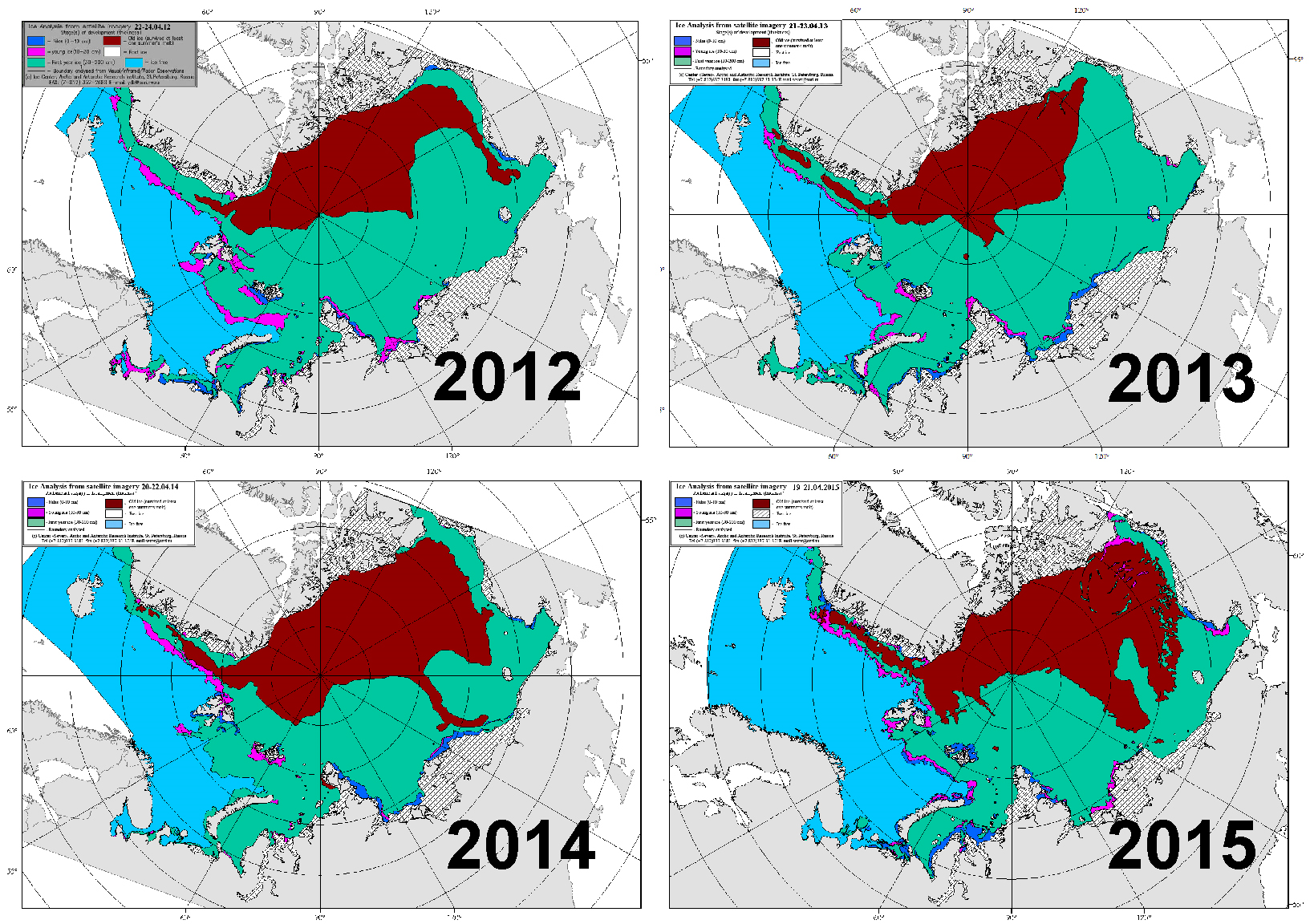
The Arctic is a located at the northernmost part of the Earth. The Arctic consists of the Arctic Ocean and parts of Alaska (United States), Canada, Finland, Greenland (Denmark), Iceland, Norway, Russia, and Sweden. The Arctic region consists of a vast ocean with a seasonally varying ice cover, surrounded by treeless permafrost. The area can be defined as north of the Arctic Circle (66° 33'N), the approximate limit of the midnight sun and the polar night. Alternatively, it can be defined as the region where the average temperature for the warmest month (July) is below 10 °C (50 °F); the northernmost tree line roughly follows the isotherm at the boundary of this region.
Almost four million people live in the Arctic today, with the precise number depending on where the boundary is drawn. They include indigenous people and recent arrivals, hunters and herders living on the land, and city dwellers. Many distinct indigenous groups are found only in the Arctic, where they continue traditional activities and adapt to the modern world at the same time. Populations are changing and northern regions are becoming more tightly related economically, politically, and socially to national mainstreams. Life expectancy has increased greatly across most of the Arctic in recent decades. The prevalence of indigenous language use, however, has decreased in most areas, with several languages in danger of disappearing in coming decades. In some respects, the disparities between northern and southern arctic communities in terms of living standards, income, and education are decreasing, although the gaps remain large in most cases. |
